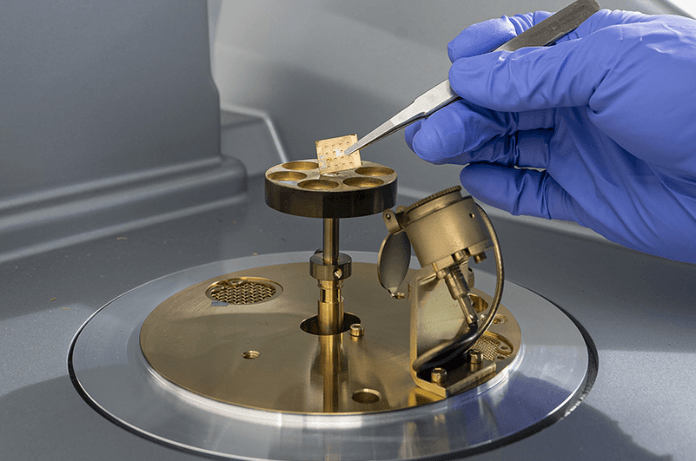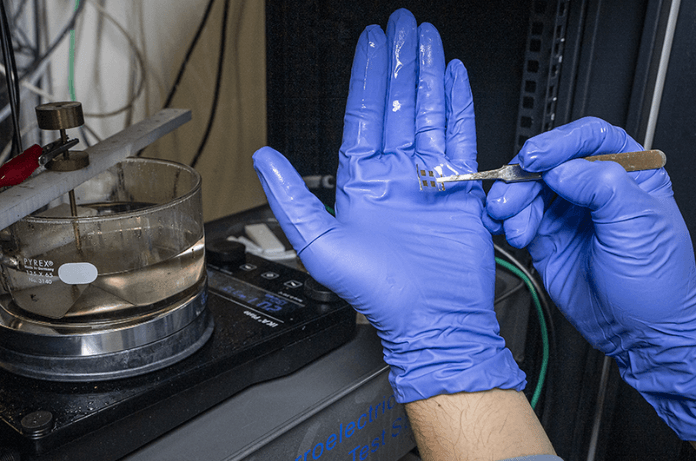What if the secret to safer, more efficient renewable energy lies hidden in a library of tens of thousands of polymers? A team of researchers, combining the power of machine learning with cutting-edge chemistry, has unearthed a record-breaking material that could redefine film capacitors, critical components in electric vehicles, renewable energy systems, and beyond.
Film capacitors, vital to high-temperature, high-power applications like electric vehicles and power electronics, regulate power quality by ensuring stability and preventing voltage fluctuations. Unlike batteries, which store energy chemically, capacitors charge and discharge energy rapidly using electric fields. However, the polymers used in capacitors often falter under intense heat, limiting their performance in demanding environments.
Machine Learning: A Game-Changer in Material Discovery
To address this challenge, scientists at Lawrence Berkeley National Laboratory (Berkeley Lab), in collaboration with leading institutions including the University of Wisconsin–Madison, Scripps Research Institute, University of California, Berkeley, and the University of Southern Mississippi, devised a machine-learning technique to accelerate the search for optimal materials. By screening a library of nearly 50,000 polymers, they identified compounds with unprecedented thermal and electrical properties.
“For cost-effective, reliable renewable energy technologies, we need better-performing capacitor materials than what are available today,” said Yi Liu, a senior scientist at Berkeley Lab who spearheaded the study. “This breakthrough screening technique will help us find these ‘needle-in-a-haystack’ materials.”
From 49,700 to Just 3: The Path to Innovation
The research team used feedforward neural networks to analyze tens of thousands of chemical structures, narrowing them down to three promising candidates. These polymers exhibited the rare combination of high heat resistance, exceptional insulating properties, superior energy storage density, and ease of synthesis.

Barry Sharpless, W.M. Keck Professor of Chemistry at Scripps Research and a 2022 Nobel Laureate, played a pivotal role in synthesizing these polymers using click chemistry. This innovative approach efficiently links molecular building blocks, producing high-quality results. “Our AI analysis quickly identified some key variables in the polymer design details that were predicted to add big improvements in the shielding properties of these polysulfate membranes,” Sharpless noted. “As reported in our new Nature Energy study, these earliest machine learning predictors for improving the capacitors are dramatically born out by experiment.”
A Record-Breaking Discovery
The top-performing polymer demonstrated exceptional heat resistance, energy efficiency, and durability when fabricated into film capacitors at Berkeley Lab’s Molecular Foundry. This capacitor wasted minimal energy during charging and discharging, offering unprecedented operational stability and material quality.
“These results showcase the potential of combining machine learning with experimental validation to rapidly advance material science,” said He Li, a postdoctoral researcher at Berkeley Lab.
The Future of Film Capacitors and Beyond
The researchers are now exploring the next frontier in polymer design. “One idea is to design machine learning models that provide more insights into how the structure of polymers influences their performance,” said Zongliang Xie, a postdoctoral researcher at Berkeley Lab. “Another potential research area is to develop generative AI models that can be trained to design high-performance polymers without having to screen a library,” said Graduate student Tianle Yue from the University of Wisconsin–Madison.
This innovative approach not only paves the way for better capacitors but also signals a paradigm shift in material discovery, underscoring the power of machine learning in tackling real-world challenges.
The study, supported by the Department of Energy’s Office of Science and reported in Nature Energy, exemplifies how interdisciplinary collaboration and advanced technology can address pressing needs in renewable energy and electrification. With this transformative discovery, the future of energy technology looks brighter—and more resilient—than ever.

